SLUS940D September 2009 – May 2021 BQ24050 , BQ24052
PRODUCTION DATA
- 1 Features
- 2 Applications
- 3 Description
- 4 Revision History
- 5 Pin Configuration and Functions
- 6 Specifications
-
7 Detailed Description
- 7.1 Overview
- 7.2 Functional Block Diagram
- 7.3
Feature Description
- 7.3.1 Power Down, or Undervoltage Lockout (UVLO)
- 7.3.2 Power Up
- 7.3.3 D+, D– Detection
- 7.3.4 New Charge Cycle
- 7.3.5 Overvoltage Protection (OVP) – Continuously Monitored
- 7.3.6 CHG Pin Indication
- 7.3.7 CHG LED Pullup Source
- 7.3.8 Input DPM Mode (VIN-DPM or IN-DPM)
- 7.3.9 OUT
- 7.3.10 ISET
- 7.3.11 TS
- 7.3.12 Termination and Timer Disable Mode (TTDM) -TS Pin High
- 7.3.13 Timers
- 7.3.14 Termination
- 7.3.15 Battery Detect Routine
- 7.3.16 Refresh Threshold
- 7.3.17 Starting a Charge on a Full Battery
- 7.4 Device Functional Modes
- 7.5 Programming
- 8 Application and Implementation
- 9 Power Supply Recommendations
- 10Layout
- 11Device and Documentation Support
Package Options
Mechanical Data (Package|Pins)
- DSQ|10
Thermal pad, mechanical data (Package|Pins)
Orderable Information
6.8.1 Power Up, Down, OVP, Disable and Enable Waveforms
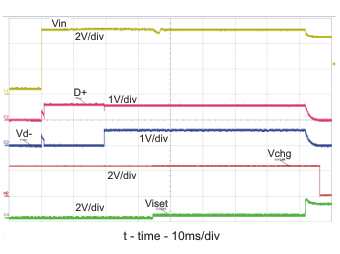
.
Figure 6-1 D+ D– Detection for Adaptor Hot Plug| Detected D– line pulled to 0.6 V and the detection routine is started |
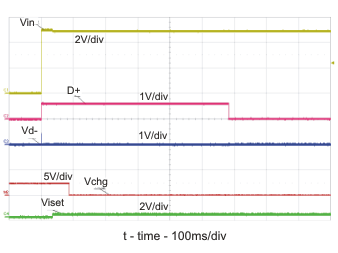
| (Device transceiver is "dead") After 500 ms, the detection routine is forced to run. |
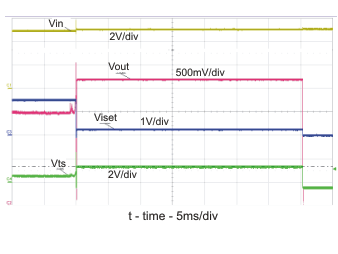
| 42-Ω Load |
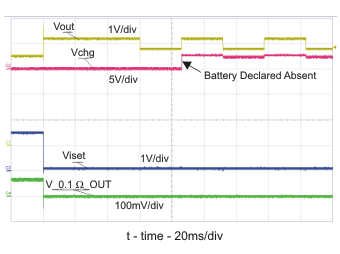
.
Figure 6-7 Battery Removal With Fixed TS = 0.5 V| Continuous battery detection when not in TTDM |
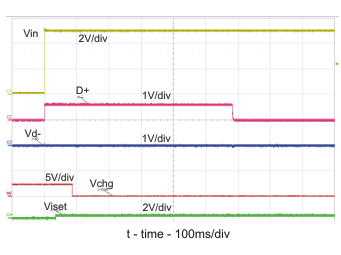
.
Figure 6-2 D+ D– Detection for Unknown Source Hot Plug| No signal detected on D+ or D–. After 500 ms, the detection routine is forced to run |
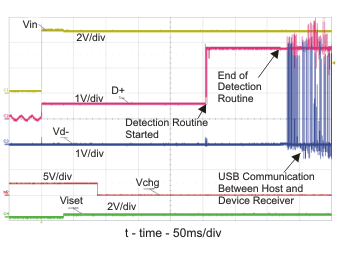 Figure 6-4 D+ D– Detection for USB Hot Plug With Pullup
Figure 6-4 D+ D– Detection for USB Hot Plug With Pullup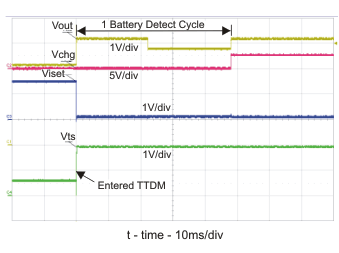
| 100–Ω Load |